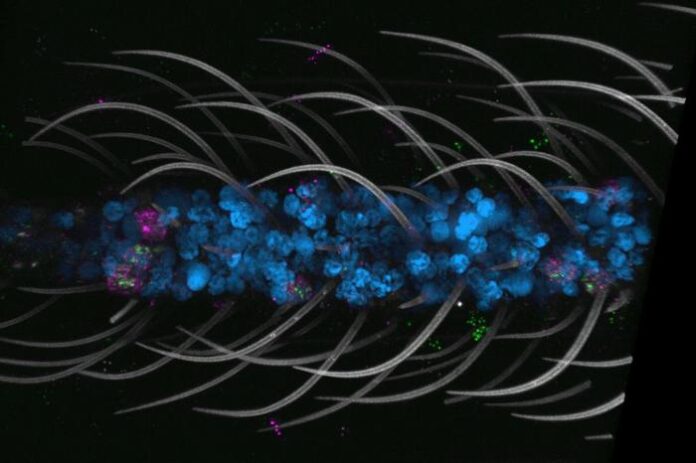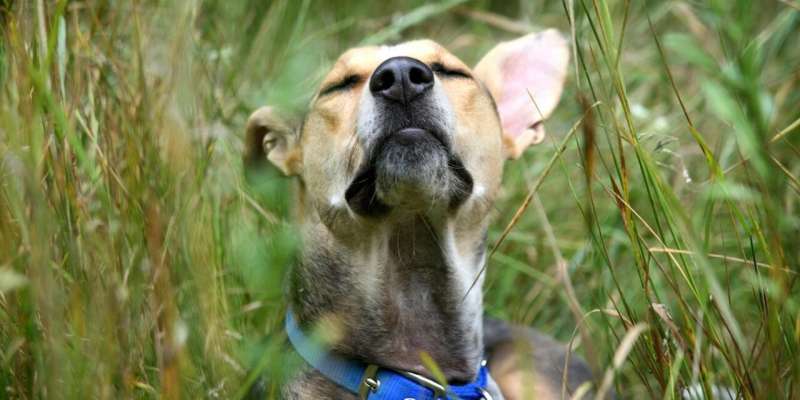Children’s literature often portrays animals in traditional family structures, typically reflecting a neat nuclear family model. However, significant diversity exists in the animal kingdom when it comes to family dynamics. Research highlights that while stories such as Fantastic Mr. Fox and Peppa Pig present a limited view, real-world animal families demonstrate a variety of parenting styles that challenge this narrative.
Exploring Diverse Parenting Styles in Nature
In the animal realm, biparental care, where both male and female animals raise their young together, is prevalent primarily among birds. Species like mute swans exemplify this behavior, with both parents sharing responsibilities such as incubating eggs and teaching their cygnets to survive independently. Yet, single-parenting remains the most common family structure among animals. In fact, approximately 90% of mammal species involve solitary females raising their offspring. This contrasts sharply with children’s stories that often overlook single motherhood, as seen in Beatrix Potter’s The Tale of Peter Rabbit.
In the wild, female mammals typically invest more in reproduction, engaging in pregnancy, nursing, and nurturing their young. In some cases, such as with leopards, the female raises her cubs alone, benefiting from a solitary approach that can enhance the safety of the young. This behavior is a reflection of natural instincts that may not be fully captured in children’s narratives.
Uncommon Parental Roles and Same-Sex Relationships
Interestingly, male parenting is less frequently depicted in children’s literature. Nonetheless, notable examples exist, such as the midwife toad, which carries its fertilized eggs until they are ready to hatch. Another fascinating instance is the Darwin’s frog, where the male transports tadpoles in its vocal sac for weeks. These unique parenting roles allow females to dedicate their time to producing additional eggs, showcasing the diversity of reproductive strategies in nature.
Moreover, same-sex relationships have been documented in over 500 species, including dolphins and bonobos. In captivity, the story of Roy and Silo, a pair of chinstrap penguins at Central Park Zoo, captured public interest. Their bond led to the adoption of an egg, which became the basis for the children’s book And Tango Makes Three by Justin Richardson. Such narratives highlight the fluidity of family structures beyond traditional norms.
Communal parenting also plays a significant role in certain species, particularly among elephants. These social animals often form matriarch-led family units where sisters and grandmothers assist in raising calves, teaching them crucial survival skills. The concept of allomothering, where non-parental adults contribute to childcare, emphasizes the communal aspect of parenting in the animal kingdom.
Fostering, Adoption, and the Absence of Parenting
Instances of fostering and adoption are surprisingly common among animals. The common cuckoo is well-known for laying its eggs in the nests of other species, leaving the unsuspecting foster parents to raise its chicks. Such brood parasitism highlights the lengths to which some animals go to ensure their offspring’s survival.
Conversely, animals like naked mole rats exemplify cooperative breeding, where individuals forgo their reproduction to assist in raising siblings. This phenomenon illustrates the various ways animals adapt their parenting strategies to enhance the survival of their genes.
On the opposite end of the spectrum, some species practice little to no parenting. For example, numerous fish and invertebrates produce large quantities of offspring, relying on the sheer number to ensure that some survive. This strategy often leads to a high rate of sibling cannibalism, particularly among wasps, where a significant proportion of larvae may end up as food for their siblings.
In summary, the portrayal of animal families in children’s literature often simplifies the complexities of real-world family dynamics. As research continues to reveal the extent of diversity in parenting styles across the animal kingdom, it becomes increasingly clear that traditional nuclear families are far from the norm. Understanding these varied structures can enrich our appreciation of both animal behavior and the narrative choices made in children’s storytelling.







